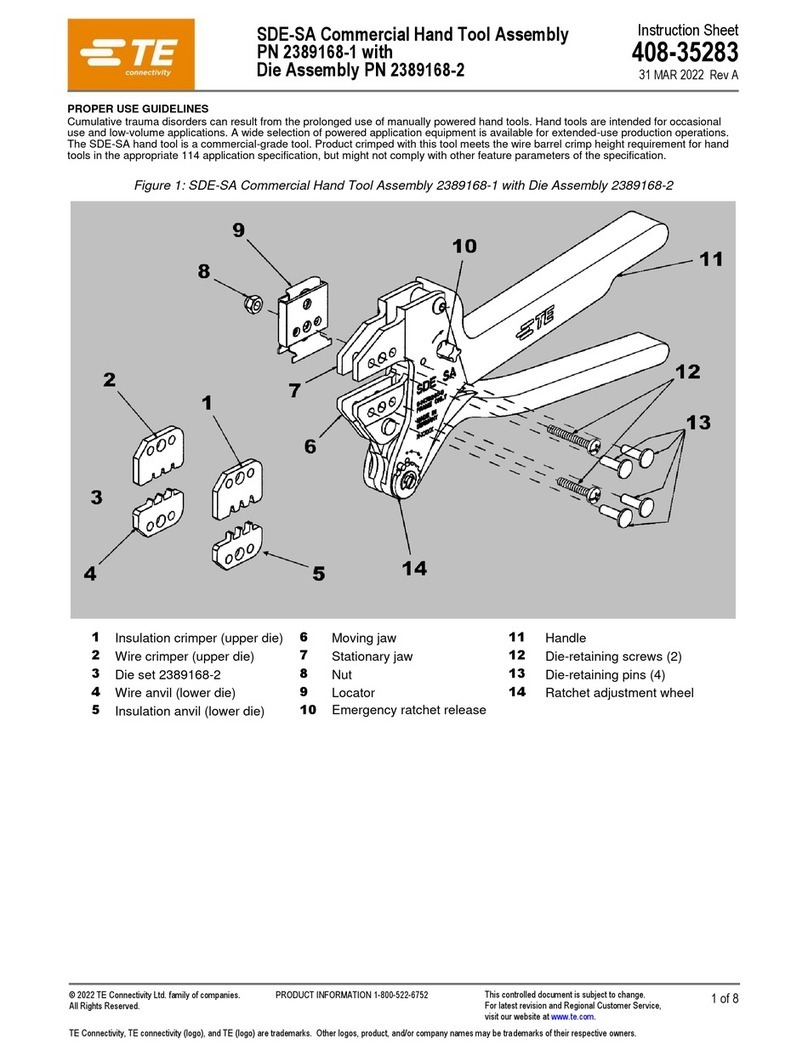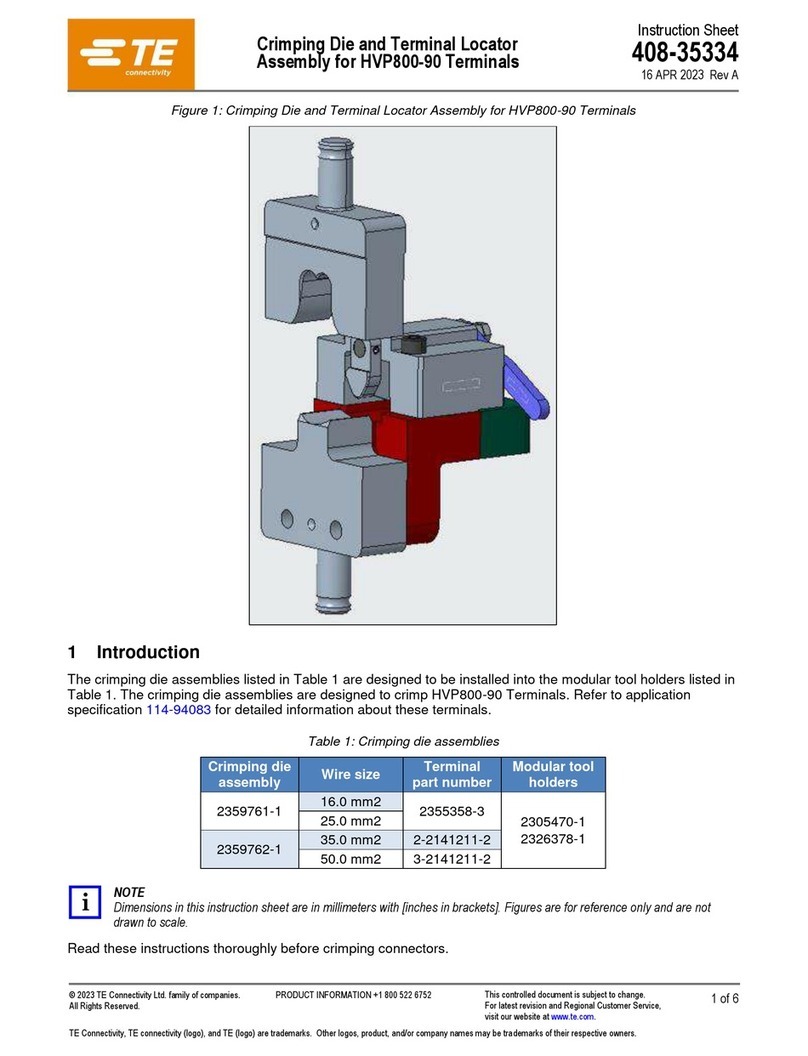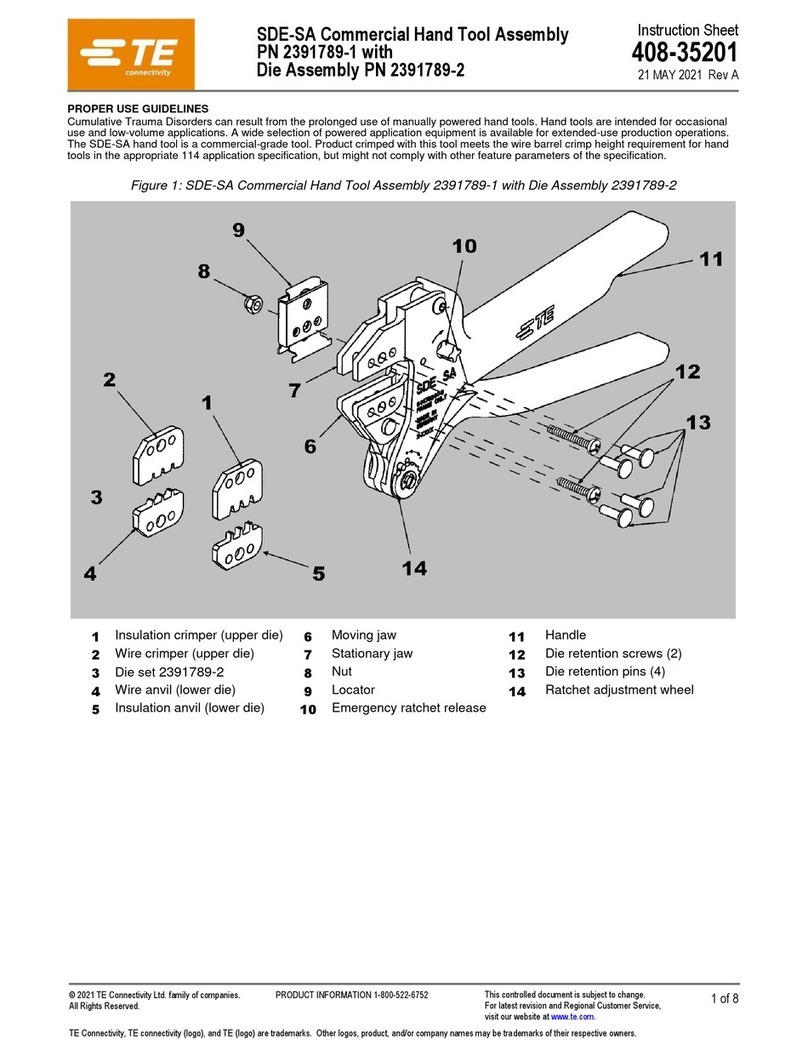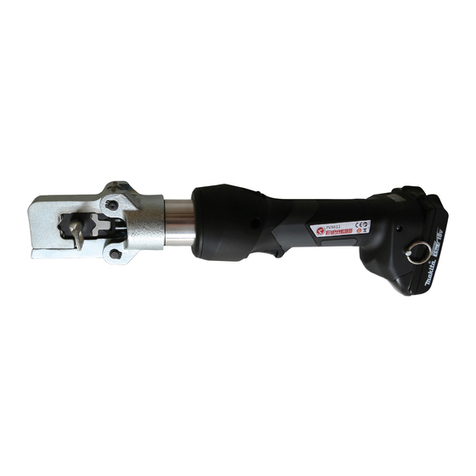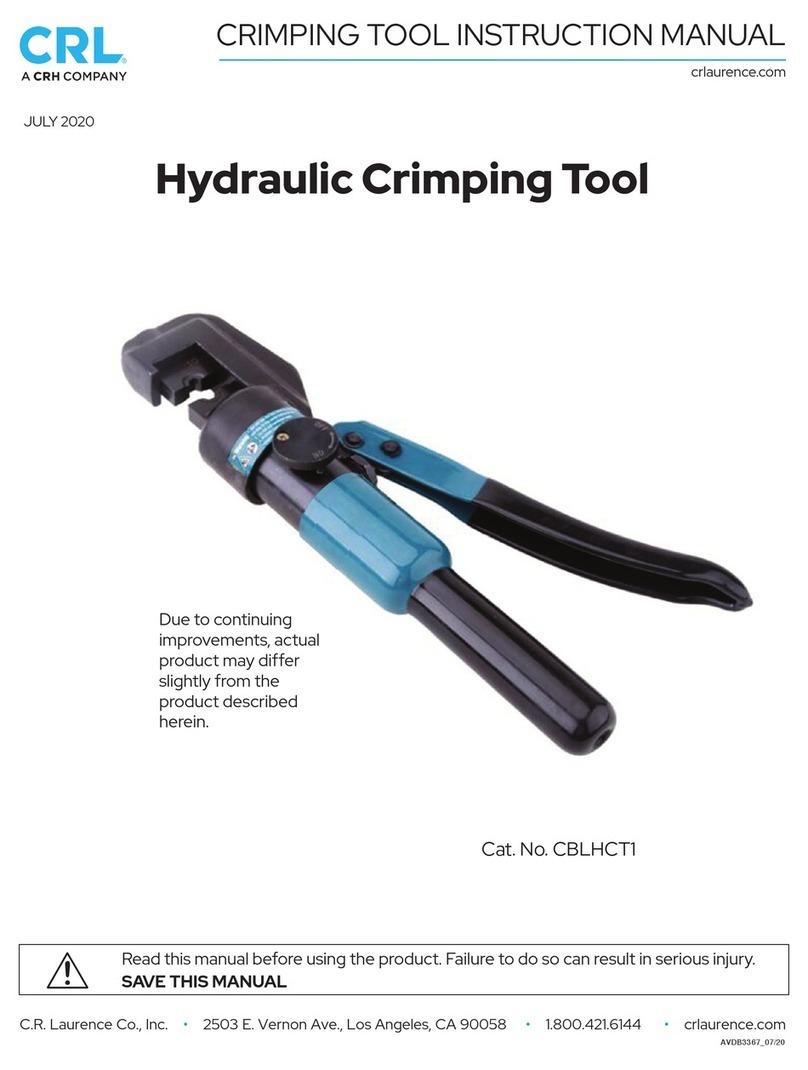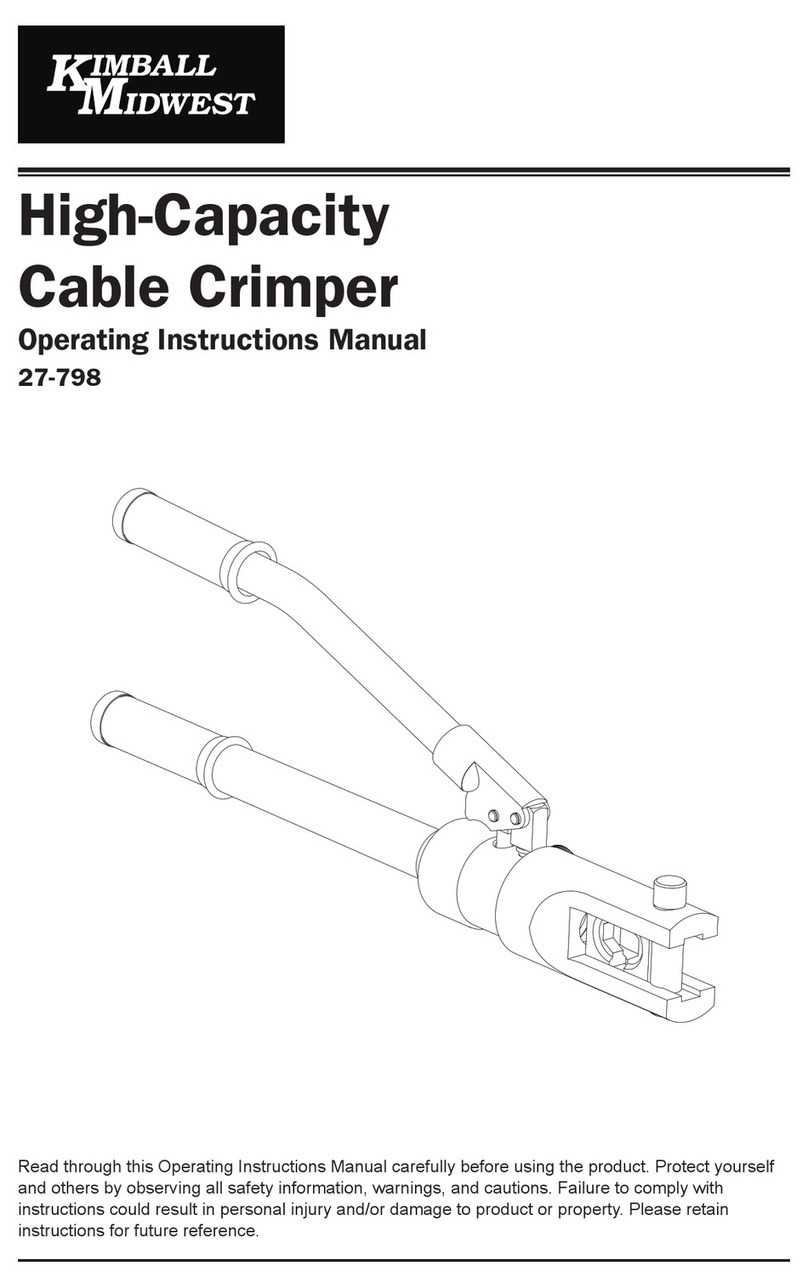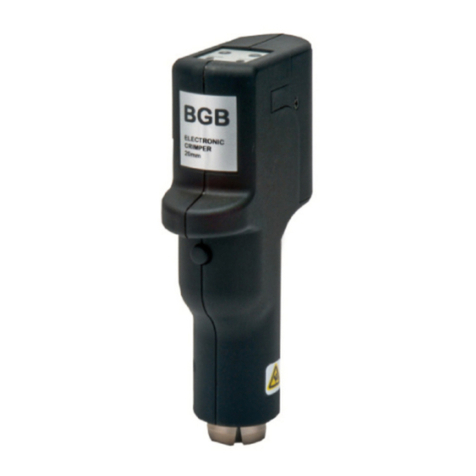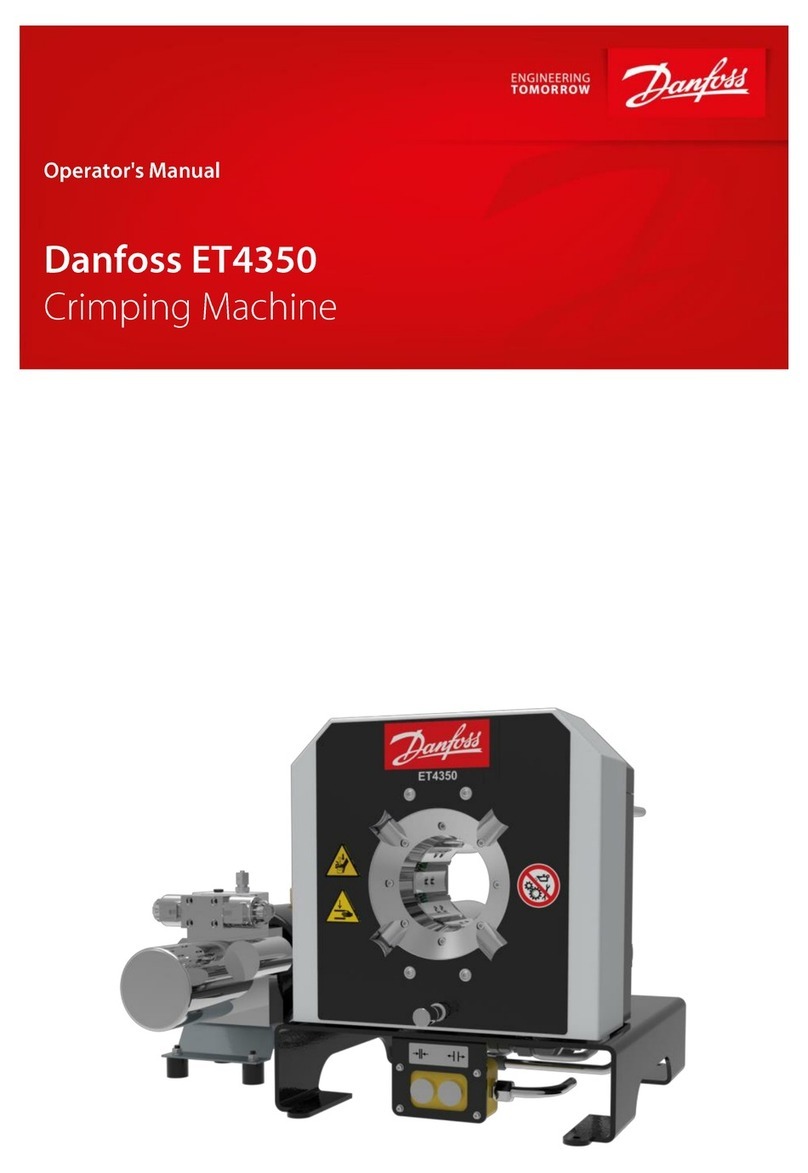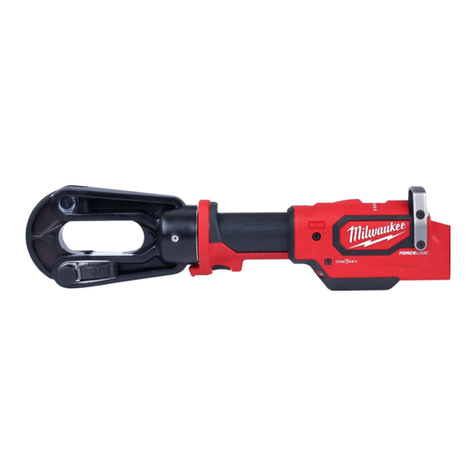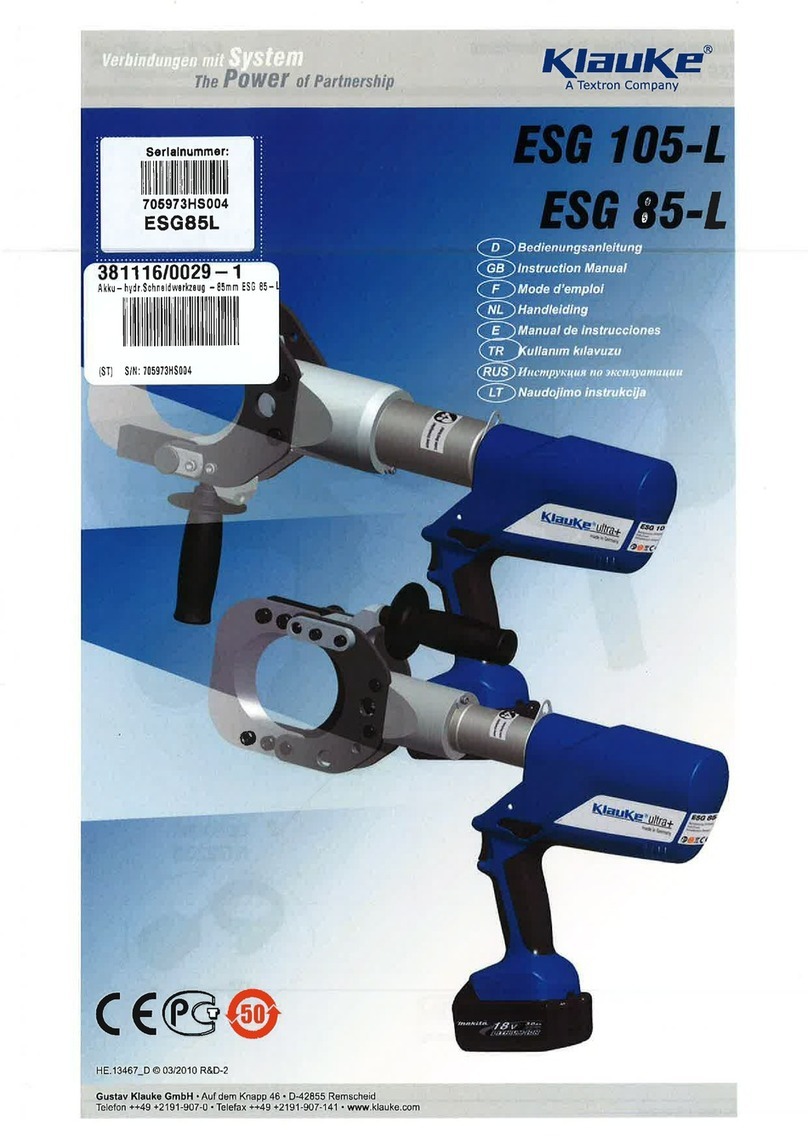TE Connectivity 91366- 1 User manual
Other TE Connectivity Crimping Tools manuals

TE Connectivity
TE Connectivity 2378809-1 User manual
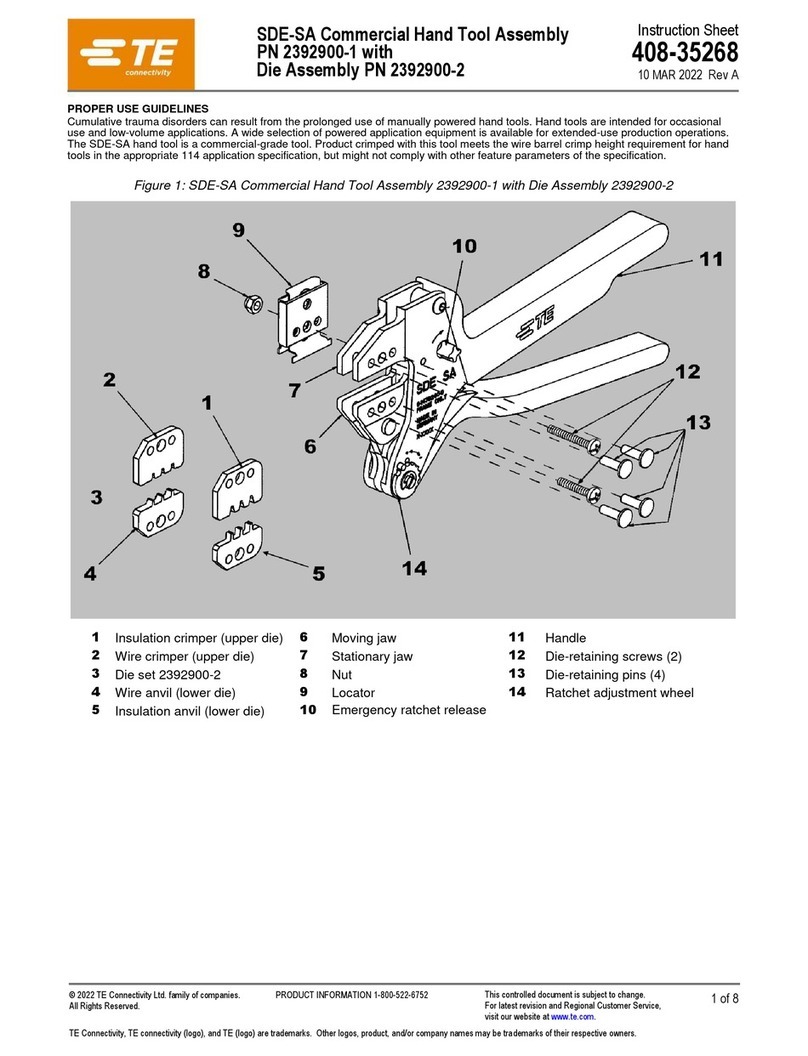
TE Connectivity
TE Connectivity 2392900-1 User manual
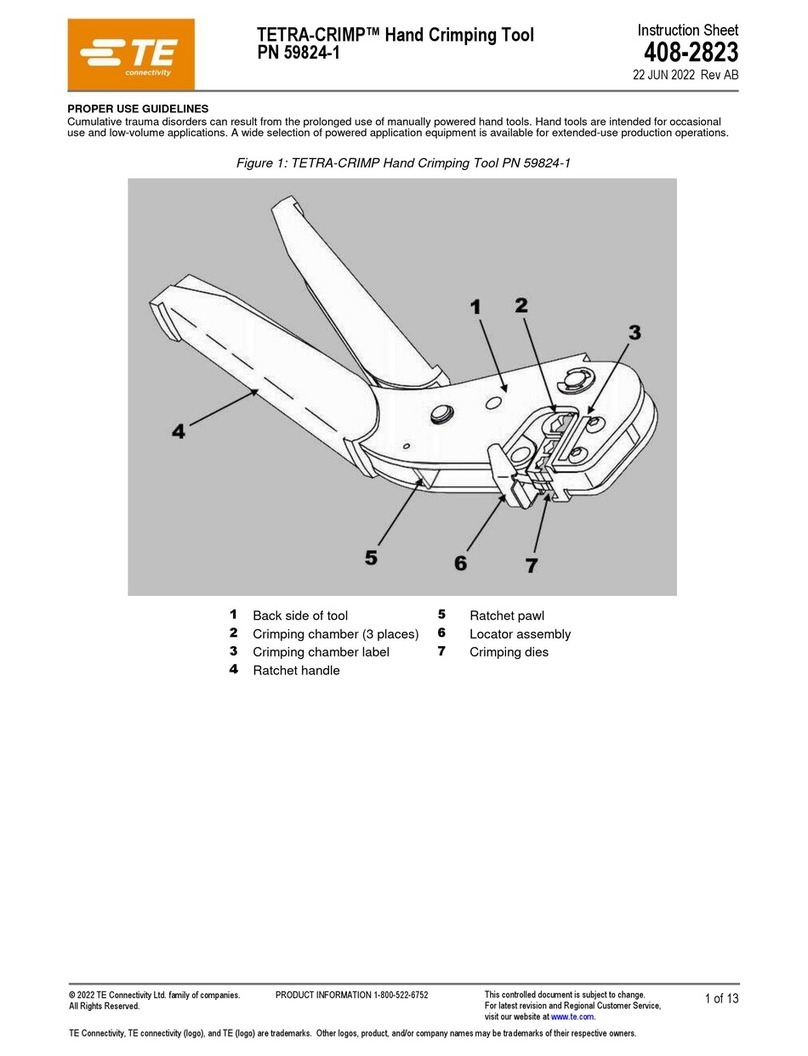
TE Connectivity
TE Connectivity TETRA-CRIMP 59824-1 User manual
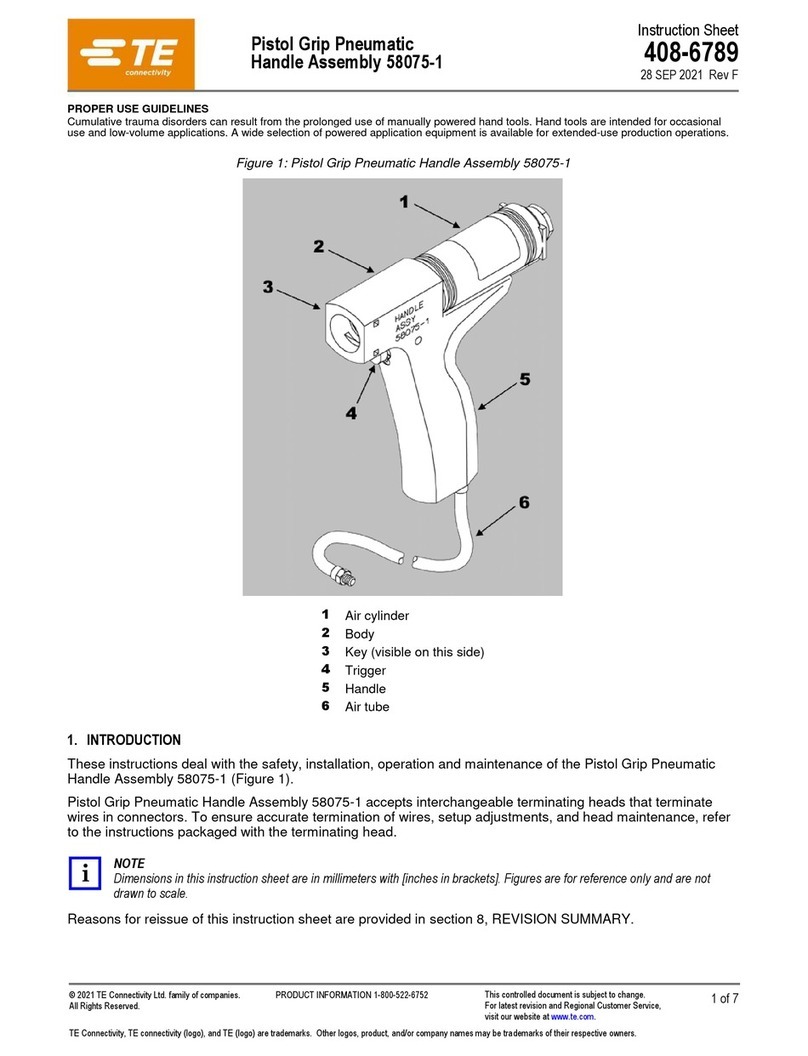
TE Connectivity
TE Connectivity 58075-1 User manual

TE Connectivity
TE Connectivity 220189 Series User manual

TE Connectivity
TE Connectivity AMP 5k/40 CE User manual
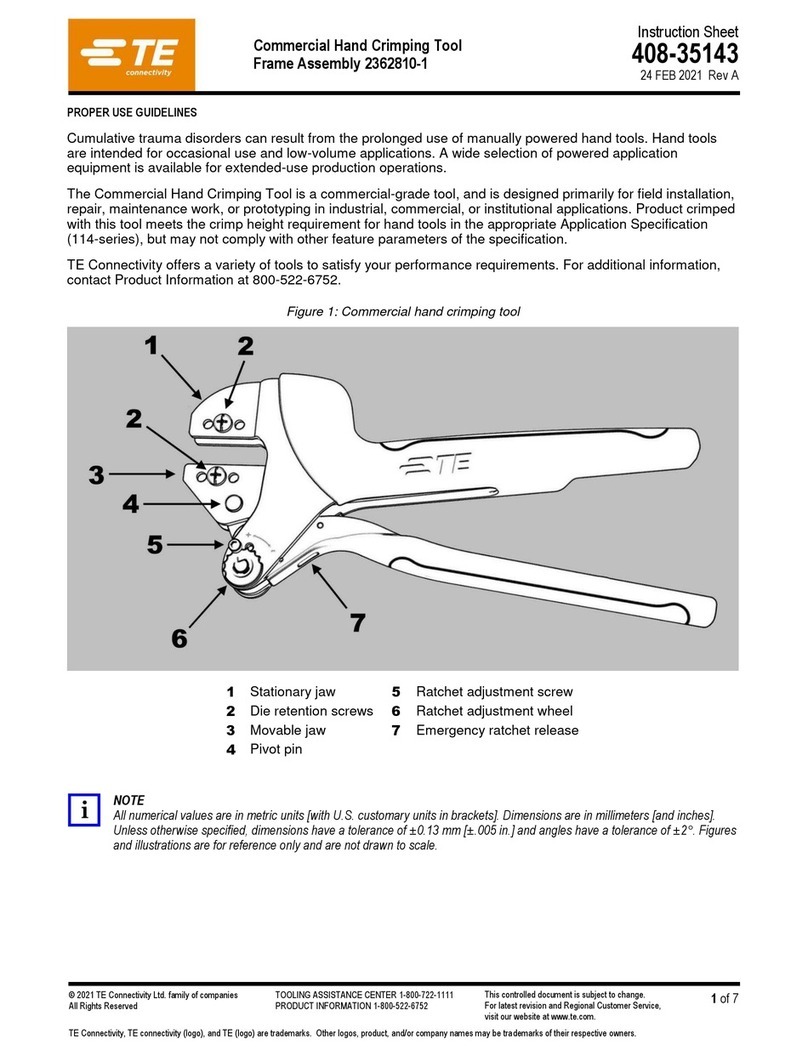
TE Connectivity
TE Connectivity 2362810-1 User manual
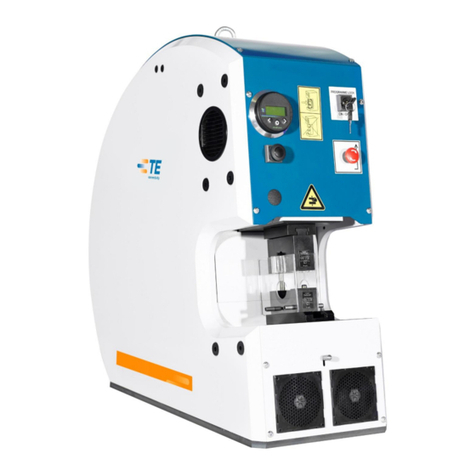
TE Connectivity
TE Connectivity AT-65 User manual
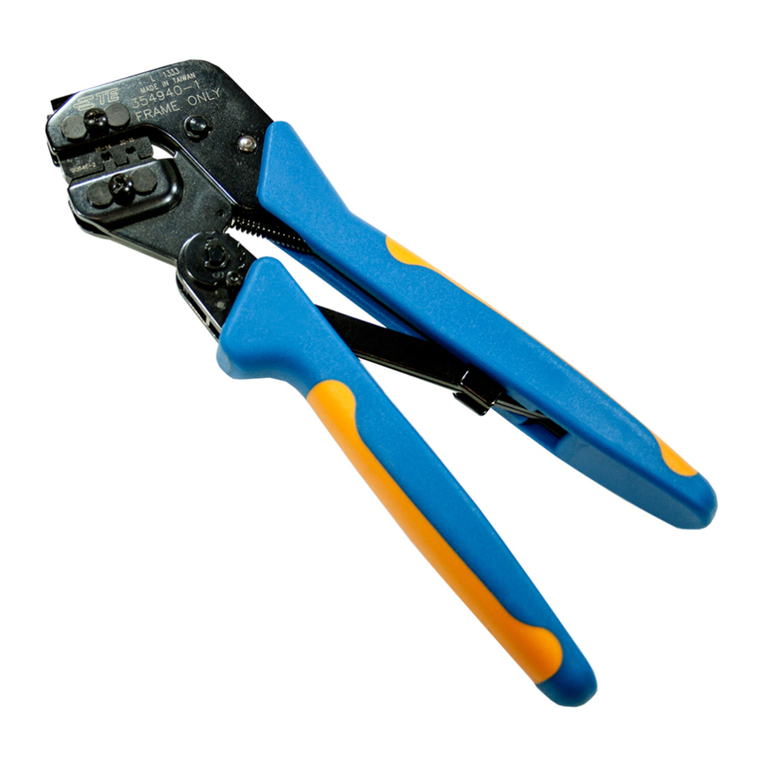
TE Connectivity
TE Connectivity PRO-CRIMPER III User manual
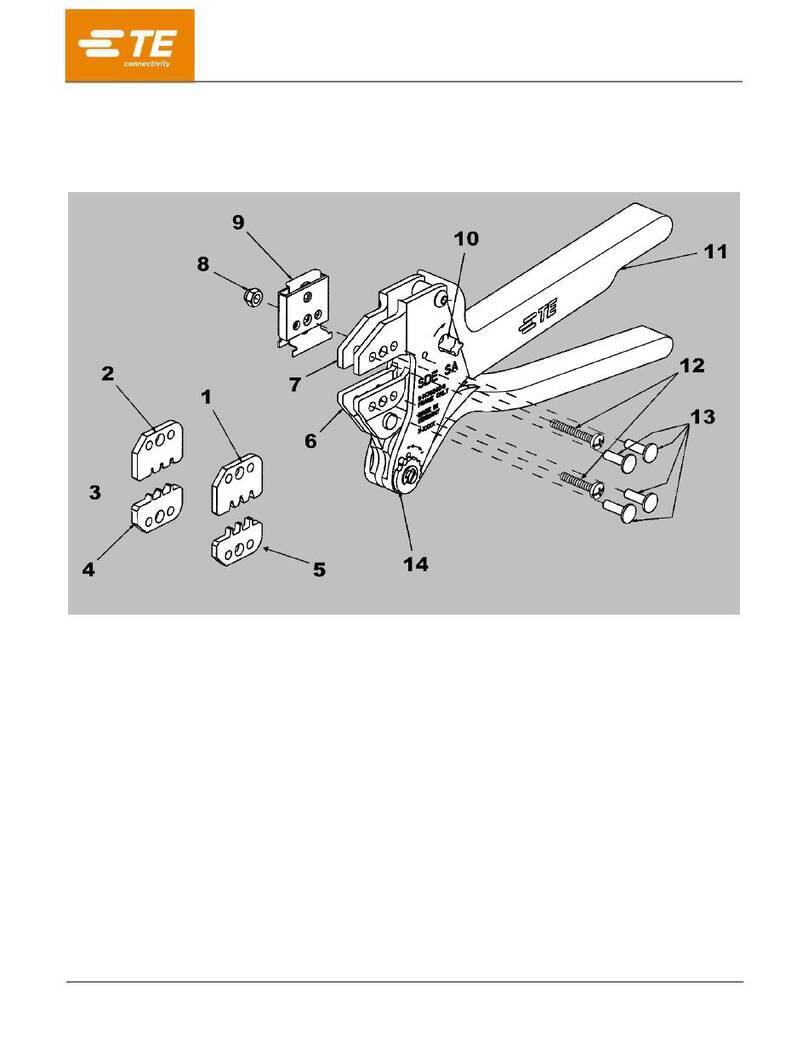
TE Connectivity
TE Connectivity 2063534-1 User manual

TE Connectivity
TE Connectivity 2392637-1 User manual

TE Connectivity
TE Connectivity 46073 User manual

TE Connectivity
TE Connectivity SDE-SA User manual

TE Connectivity
TE Connectivity 2844461-2 User manual
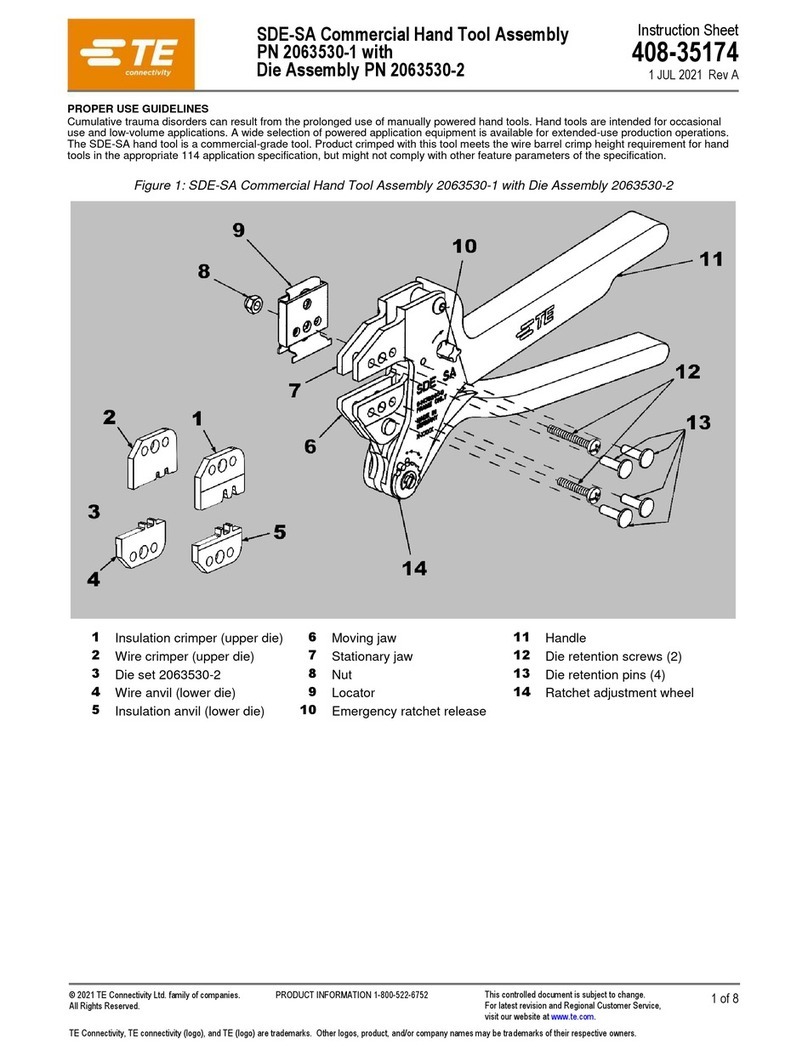
TE Connectivity
TE Connectivity 2063530-1 User manual

TE Connectivity
TE Connectivity 69339 User manual
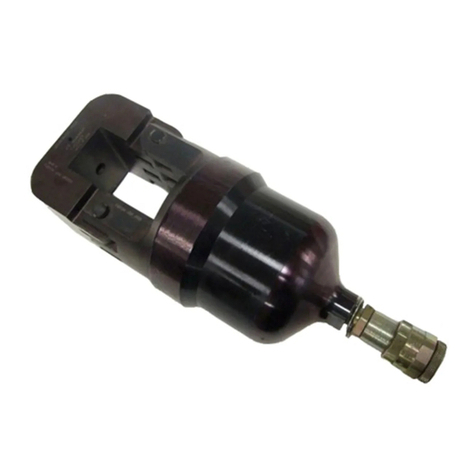
TE Connectivity
TE Connectivity 58422-1 User manual

TE Connectivity
TE Connectivity 2390275-1 User manual
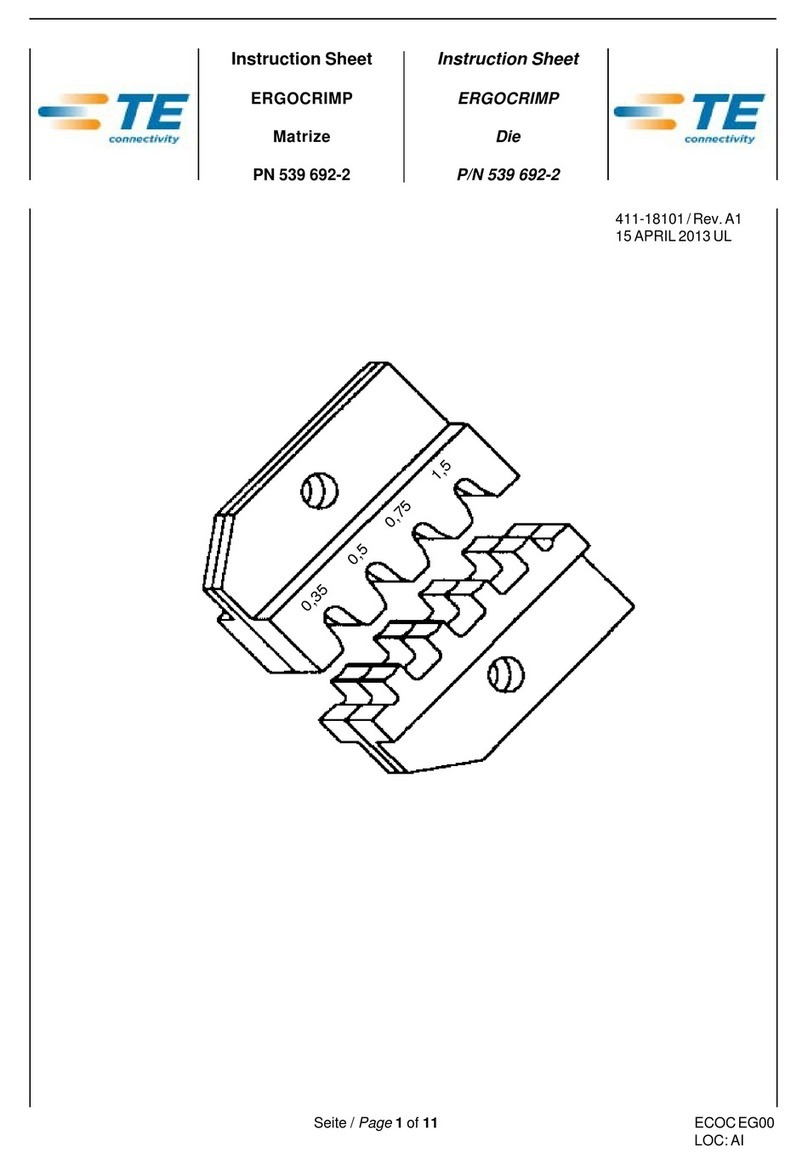
TE Connectivity
TE Connectivity ERGOCRIMP 539 692-2 User manual
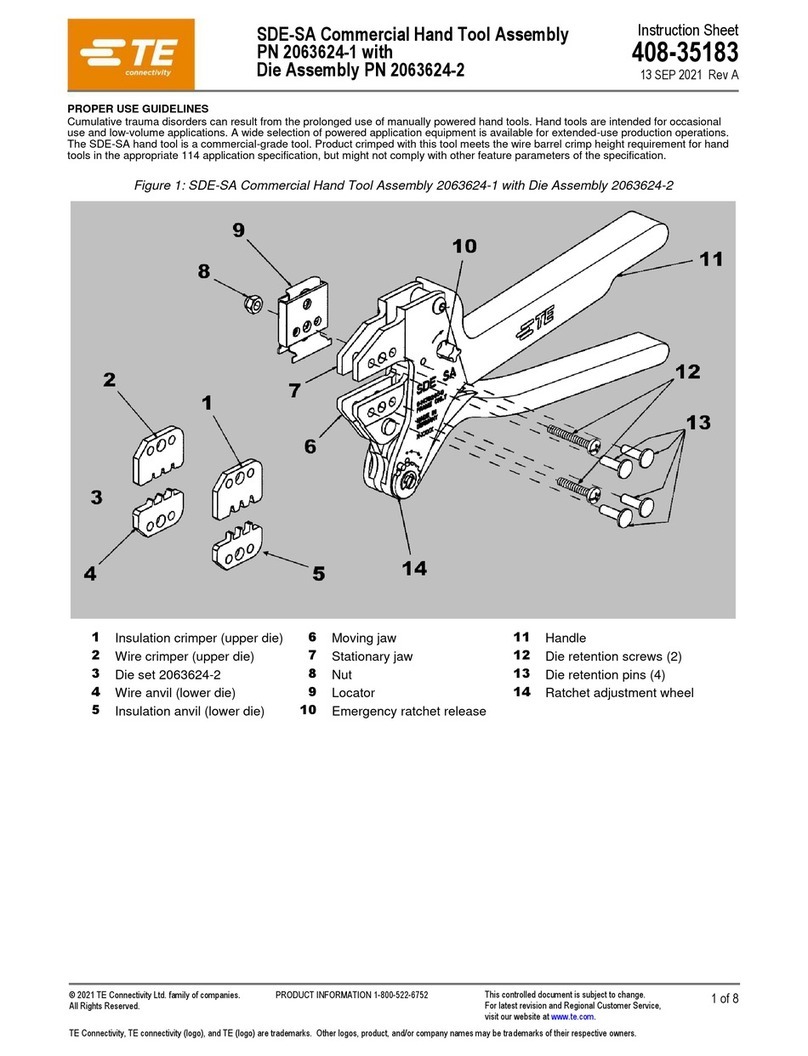
TE Connectivity
TE Connectivity 2063624-1 User manual
Popular Crimping Tools manuals by other brands
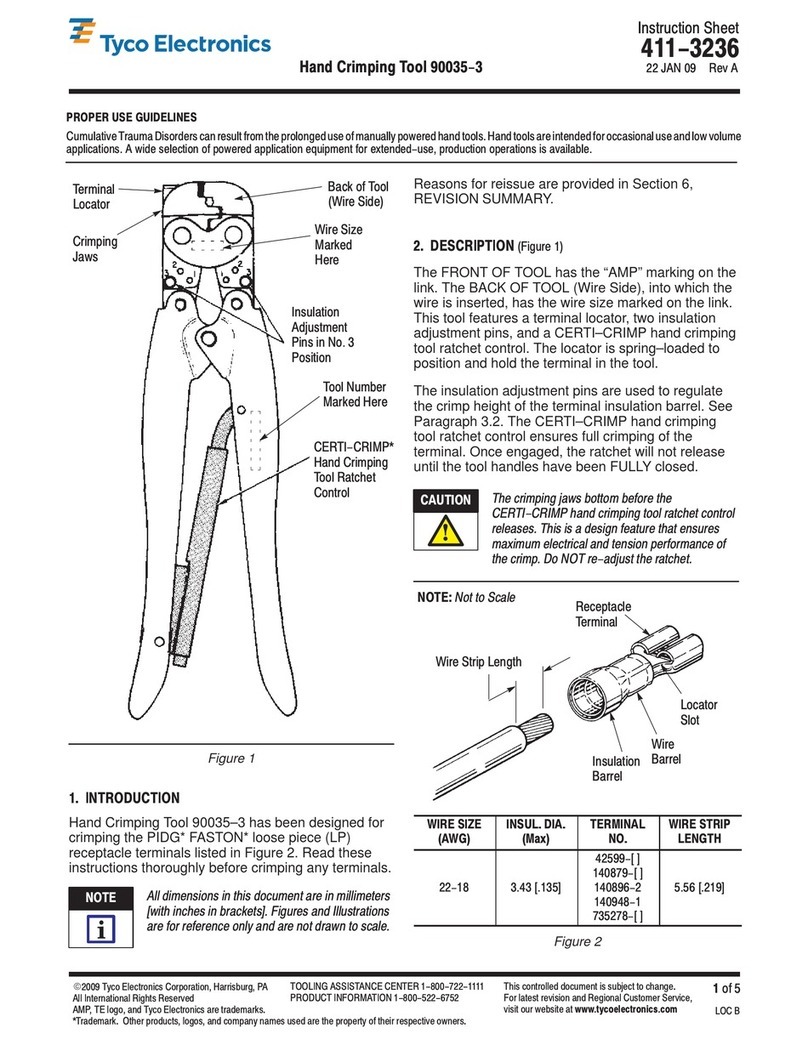
Tyco Electronics
Tyco Electronics 90035-3 instruction sheet
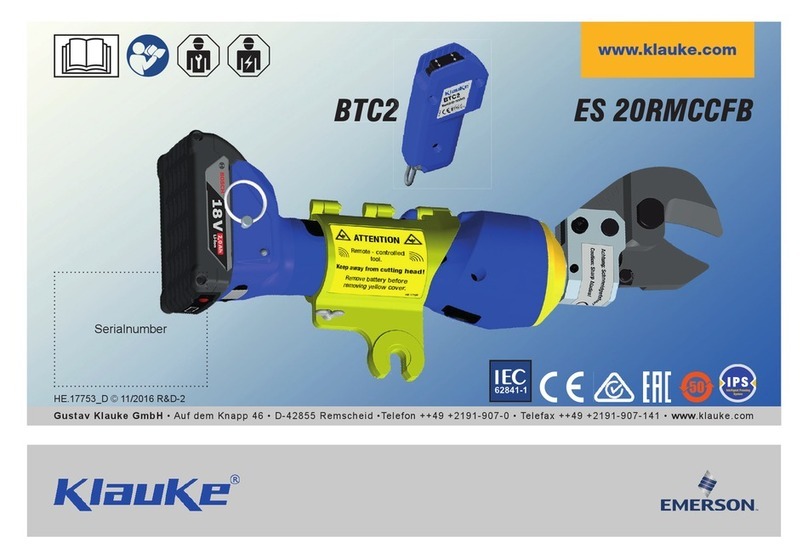
Emerson
Emerson Klauke ES 20RMCCFB manual

Continental Refrigerator
Continental Refrigerator PC150HD quick start guide

Tyco Electronics
Tyco Electronics CERTI-CRIMP 90418-1 instruction sheet
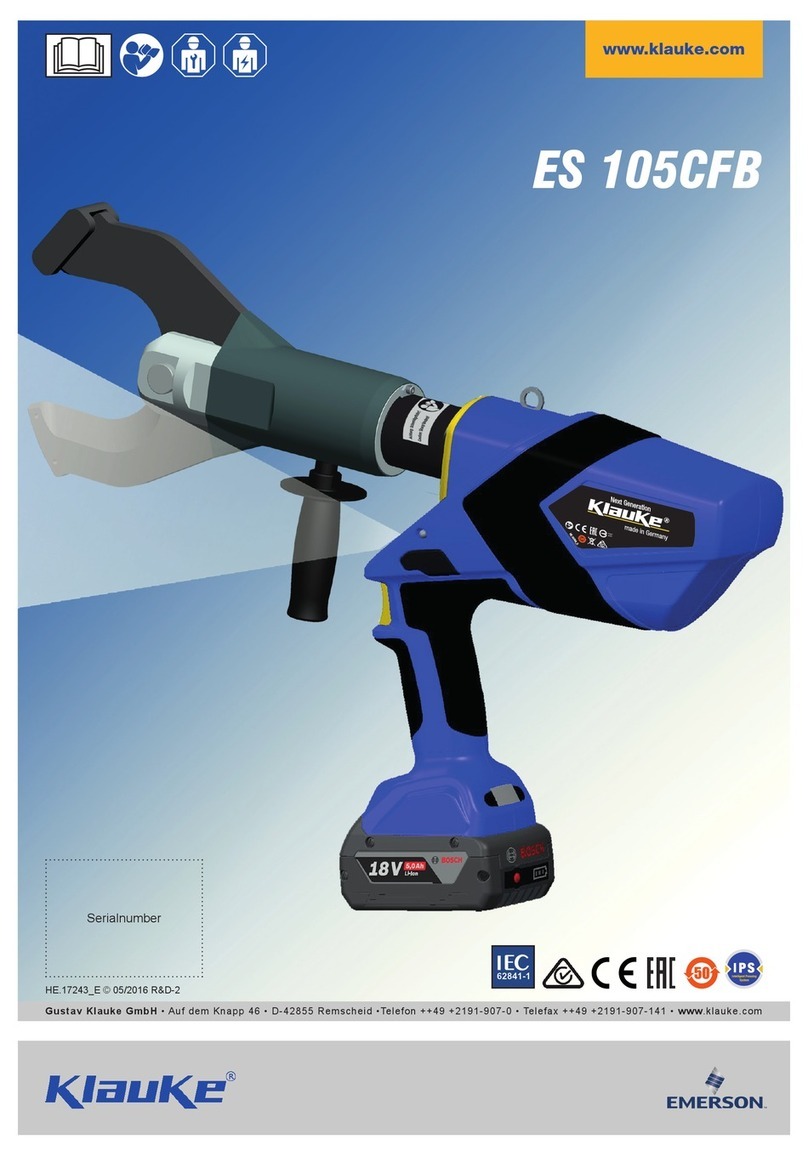
Emerson
Emerson Klauke ES 105CFB manual

molex
molex 207129 Series Specification sheet
